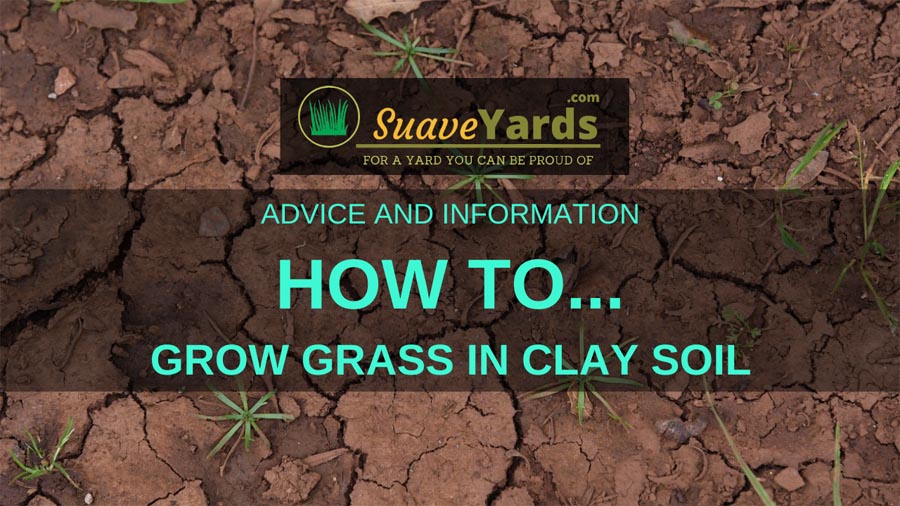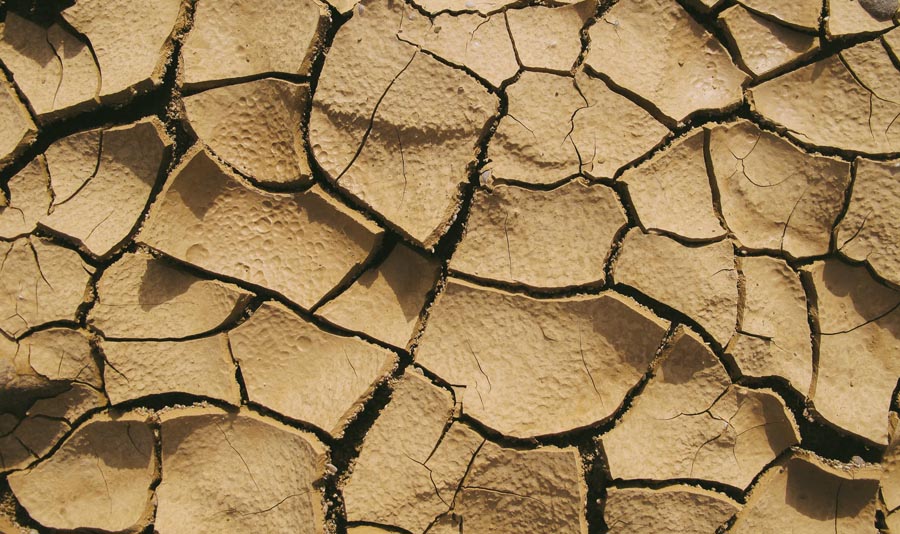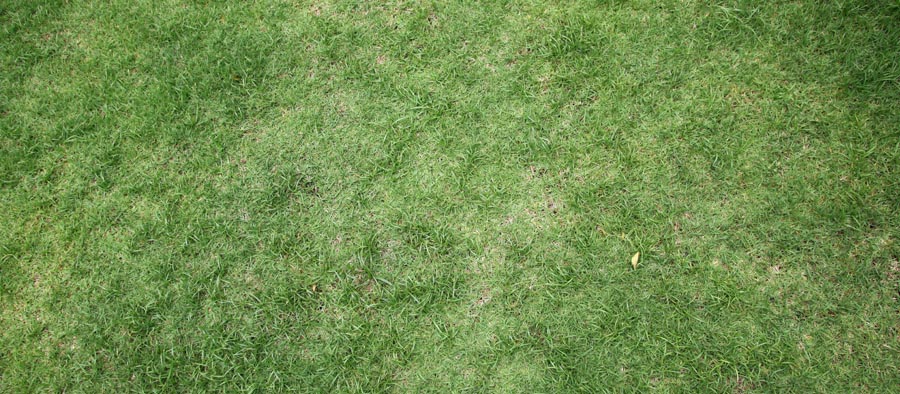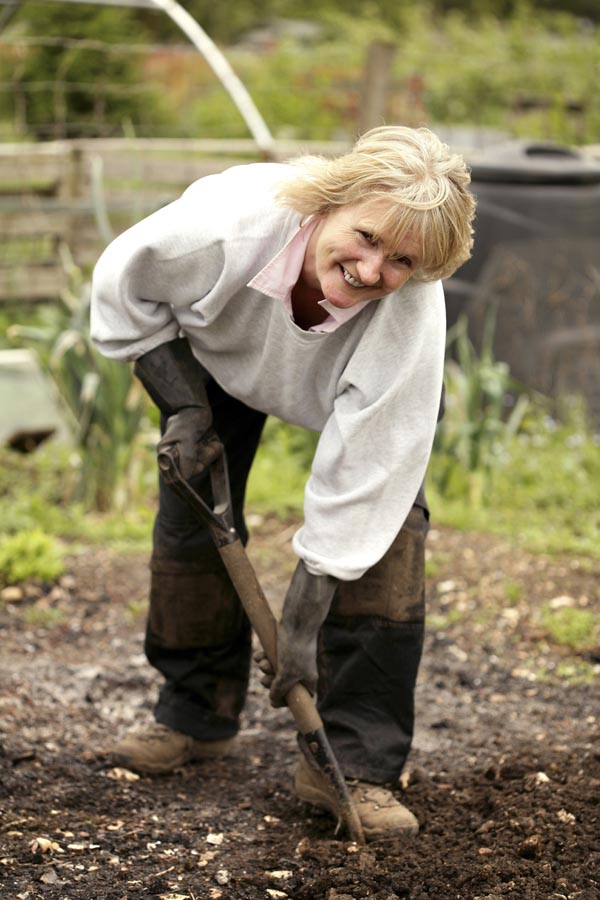
Nothing makes a home more homey than a blanket of grass. A lawn just makes the property better. But what if you have clay soil?
It’s fine! We will teach you the ways on how to grow grass in clay soil.
Characteristics of Clay Soil
Generally, the best type of soil for planting is loam. It is a mixture of three types of soil: clay, sand, and silt.
The perfect mixture allows loam soil to hold nutrients well. It can drain water but leave enough to keep moisture in as well.
It’s a perfect balance!
On the other ends of the soil spectrum are sand and clay. Sand is too loose and would drain water really well, sometimes too well.
Clay, on the other hand, is too compact.
This doesn’t mean that you can’t plant in sand and clay soil. There are plants that thrive in those types of soil and there are also ways to improve the soil structure.
More about clay soil
Since this is about clay soil, let’s talk more about its characteristics.
Clay soil is really heavy but the particles are really small. They are less than 0.002 millimeter.
For context:
The size of silt particles is between 0.002 and 0.05 mm while the size of sand particles is between 0.05 and 2 mm.
Generally
Clay soil is really fertile because it is heavy. It holds nutrients fairly well.
However, it’s not always a good thing because it also holds water. The particles are too dense, which makes draining hard. They drain the water really slowly.
It gets worse
When there is heavy traffic on clay soil, it becomes even more compact.
During winter, clay soil is wet and cold. When it’s raining, you might have to expect some puddles because clay soil drains really slowly.
When it’s hot out, clay soil becomes hard and it cracks in certain places.

Look
Choosing the right plants to grow on clay soil will do wonders. There are a lot of plants that would thrive in this environment.
But if there is a particular plant that you really want to grow, clay soil isn’t the end of that dream.
Proper cultivation will do wonders for your clay soil.
Now that we’ve got that covered
It’s time to learn how to grow grass in clay soil.
Grass really makes your property homier. For one, grass looks good on the property. The blanket of green will look amazing in juxtaposition to the house.
Then, you can do so many things with a lawn.
For example:
You can enjoy the sun with the entire family on your lawn or lay down a picnic basket. You could play ball or whatever backyard games you could think of.
More importantly, you could host parties on the lawn.
But first things first, what type of grass would grow well in clay soil?
What Kinds of Grass Grow Well in Clay Soil?
One of the qualities of the plants that would blossom quite well in clay soil is a deep root system. Having a deep root system allows a plant to survive in slow-draining soil.
The grass should also be tolerant of dry conditions considering the clay situation during summer months.
Here are some of types of grass that would grow well in clay soil:

Tall fescue
This is a cool-season perennial grass.
It is a native grass in Europe and is a popular form of forage grass. It has since found its way all over the world.
Tall fescue is found in many damp grasslands, river banks, and coastal locations.
This should tell you
This type of grass would survive in clay soil because it can survive a wet environment. Meaning, it doesn’t mind slow-draining soil.
Tall fescue actually grows best in clay soil. It can tolerate being planted in either full sun or partial shade.
You see
It’s root system is fibrous and grows about two to three feet deep. That means it can store a lot of water within the root system so that it can tolerate drought.
It can also withstand the poor aeration of clay soil.
Here’s the deal
When it’s summer, you just need to work on a good irrigation system to allow the grass to continue to grow healthy.
Tall fescue is a cool-season grass after all.

Bermuda
Actually, this type of grass can grow even in the most difficult soil conditions. Bermuda is among the most low-maintenance types of grass around.
This characteristic makes it ideal for clay soil.
You know what?
It’s root system can grow six inches deep. It’s also fibrous, which makes it able to survive the slow-draining clay soil.
This is a warm-season grass. It goes dormant during winter and is revived during spring. This is probably the warm-season grass that thrives best in clay soil.
Here’s more
Bermuda is resistant to drought, which makes it even more ideal for clay soil during summer. It is also impervious to most weeds and pests.
Buffalograss
This is a perennial grass that has a deep root system. It’s so deep it could grow as much as one foot.
That makes it really ideal for clay soil. It can withstand compaction, which is essentially a common characteristic of the clay soil.
Moreover
As soon as the lawn has been established, the buffalograss won’t need too much irrigation.
However, this warm-season grass would need an inch or two of water every two weeks during drought.
Most cultivars will go dormant during winter.
Ready to plant grass?
Now that you have the list of the three best types of grass to grow in clay soil, it’s time to go through the process.
How to Grow Grass in Clay Soil
While there are plants that grow in clay soil, it is still important that you actually make this type of soil less dense.
You have to somehow treat its compaction issue.
1. You need to integrate organic matter into the soil
Preferably, you should do this about two months before planting the grass. You need time to really improve the soil structure.
This part is going to take a bit of work. However, after this, you only just need to do some maintenance work to ensure that the much-improved clay soil will stick.
What to do first?
You should remove whatever plants or weeds are in the soil. When that’s done, then you can already put in the organic matter.
For the best result, you should put in around six to eight inches of organic materials.
Organic matter to put:
- Grass clippings
- Shredded leaves
- Manure
- Compost
You just spread the organic matter on top of the soil. Then, you have to integrate it into the topsoil, which could be a minimum of six inches or as much as one foot.
The deeper you can go, the better.
Yep! It’s hard work
You can simply use a shovel or a tiller, which would be better for your back.
The soil will only get better from there. You see, microorganisms will break down the organic matter and the soil structure will surely be improved.
2. Plant your grass seeds
We’ve mentioned three types of grass that would thrive in clay soil. Or you might have your own choice anyway.
Read the instructions on the label of your grass seeds. There are appropriate ways to plant different types of plants.
For easy work
You can use a seed spreader in order to plant your grass seeds into the clay soil.
3. Water generously
Remember that the clay soil has been treated, so it’s no longer as slow-draining as it should be. Also, you are still trying to establish the grass.
The grass seeds would need an abundance of water in order to germinate.
Again, look at the instructions
The label will tell you how to grow the grass seeds. As a rule of thumb for grass in clay soil, water the area with about one-fourth inch of water twice a day.
As soon as the grass has been established, you can water it as needed.
4. Soil maintenance
Test the soil every season and treat it accordingly. If the pH level is not up to par, then you can increase or reduce it appropriately.

If the soil is deficient in specific nutrients, then you can add those as well.
You need to continue this:
Add organic material when you can.
Summary
Clay is not the most ideal soil for growing plants or grass. That doesn’t mean that it’s impossible. First, there are types of plants that thrive in clay. Second, there are ways to improve clay.
The issue with clay is that it’s too dense. It will drain water really slowly. Then, during the summer, the area will have cracks. In order to ensure that you will have really healthy grass and a beautiful lawn, you should find the best type of grass for clay soil.
Then, it’s just about knowing how to grow grass in clay soil. The first part is going to be hard work since you will need to put organic matter into the clay soil. But things will only be easier from there.
Useful Resources
- Understanding Clay Soil and How to Improve It – The Spruce
- What Type of Grass Seed Is Best for Clay Soil? – SFGATE


I live on a hill in NC all clay. Had grass but it just keeps disappearing. I’ll take any suggestions. Thanks in advance.
First of all Mark, what kind of grass is it? Then we can go from there!